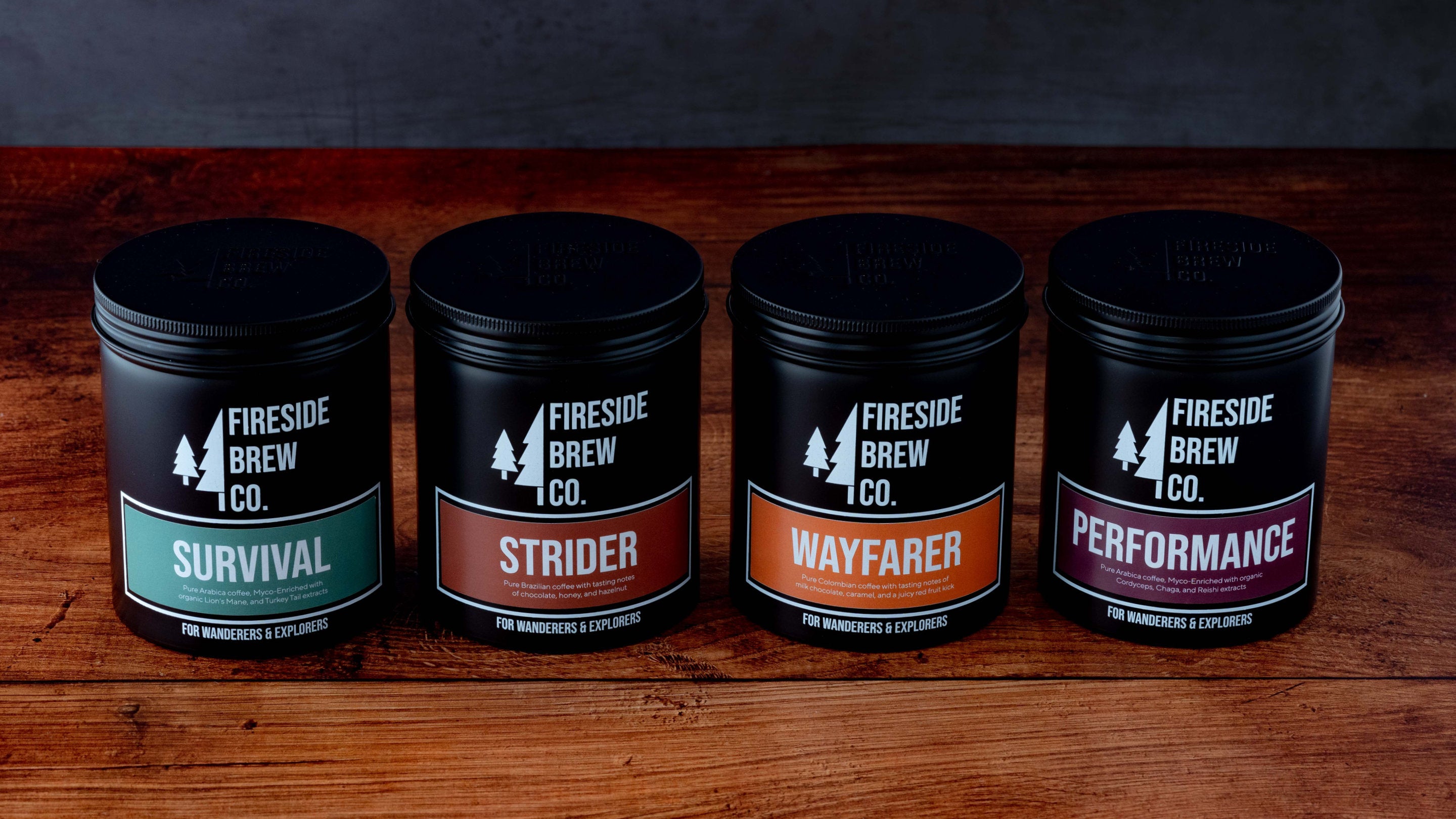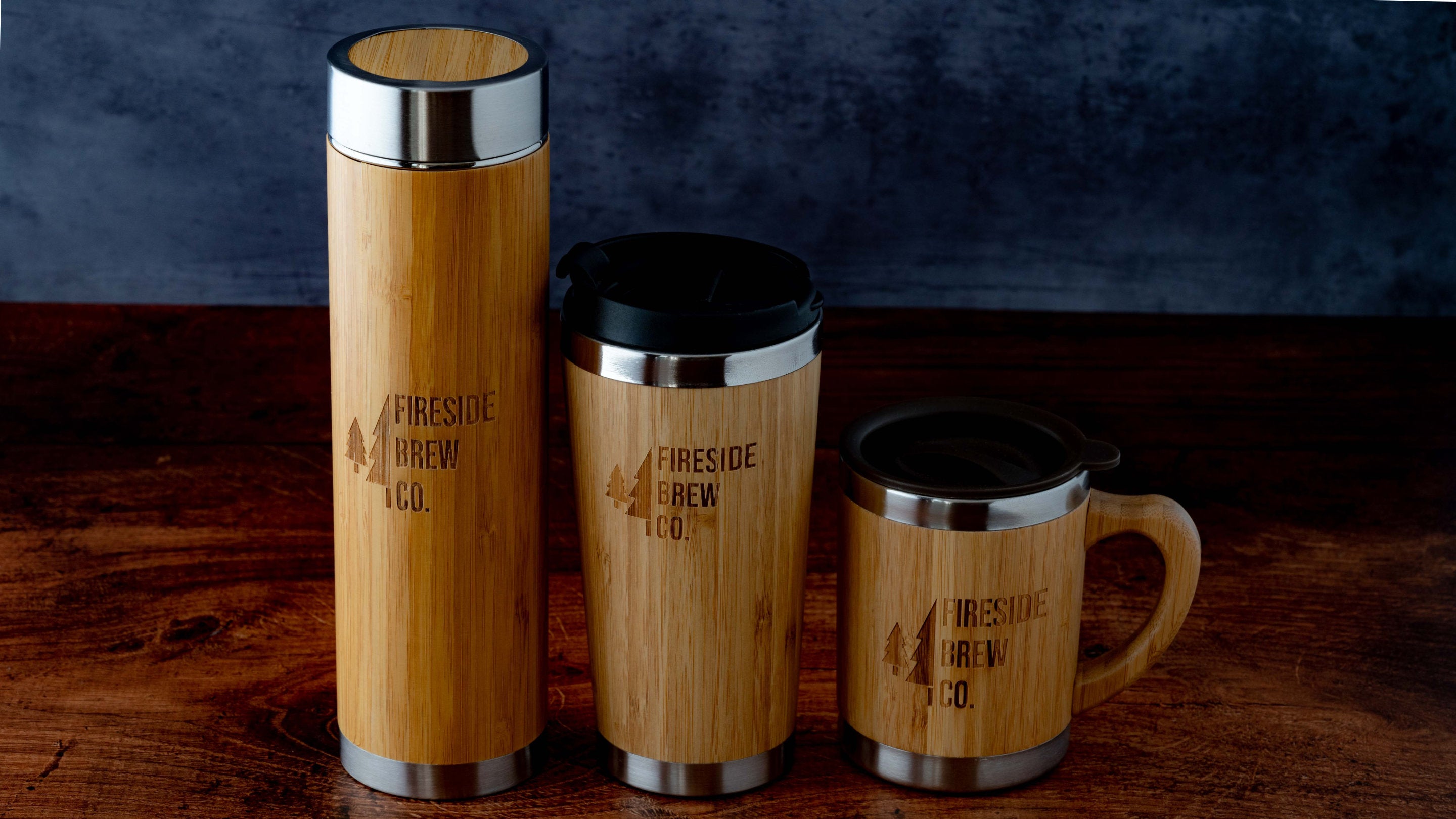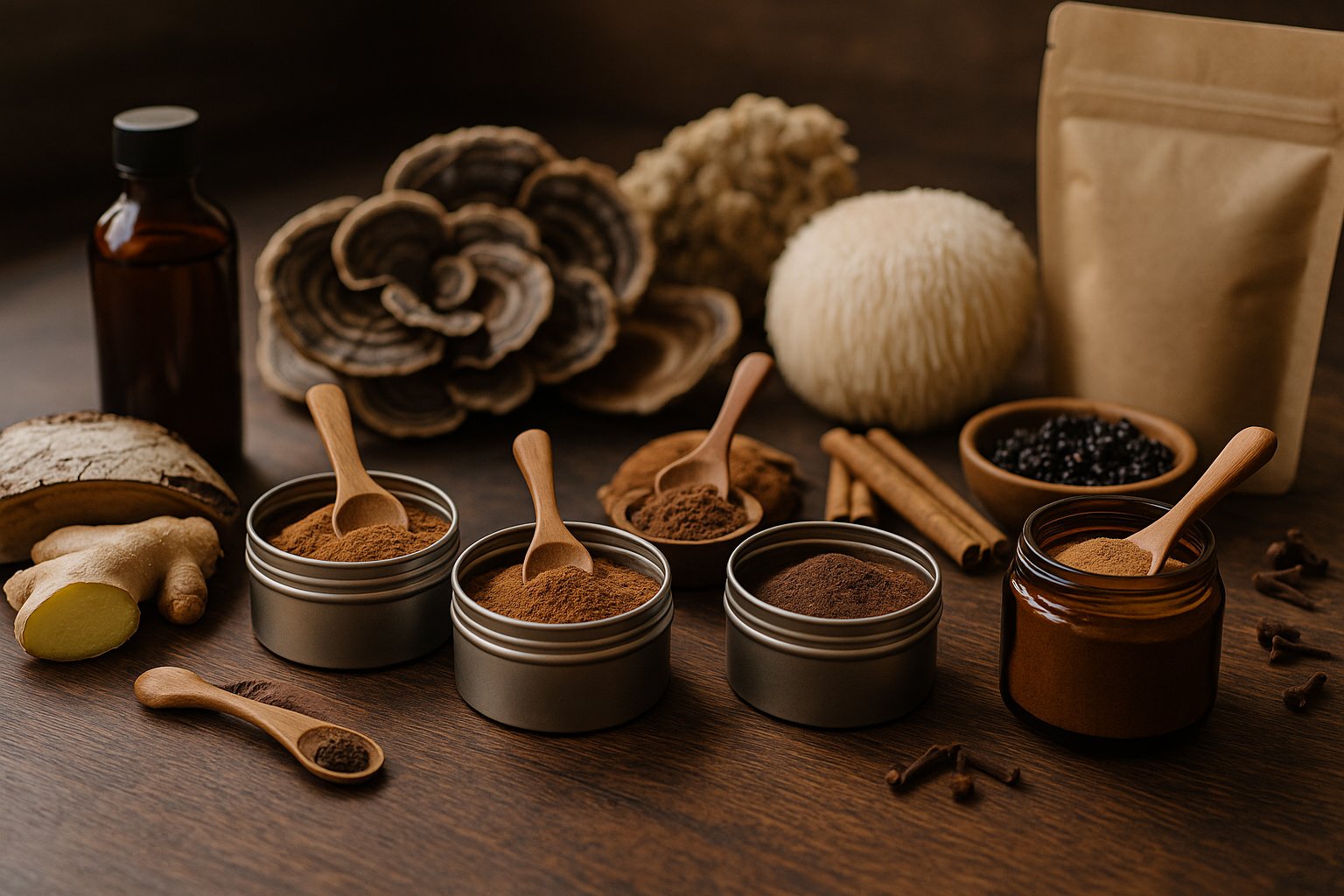Fireside Meetups: Fungi Foraging
Mushroom foraging in Somerset
This weekend saw us run a second mushroom foraging Meetup in recent weeks, this time at the lovely Greyfield Woods in High Littleton.
Despite still being early in the Autumn mushroom season and with only a few rain showers in recent weeks, there were plenty of small fungi emerging to test our eyesight and my identification skills!
As usual with fungi foraging in woodland it can take a while to "tune in" but after a few minutes with twenty people searching, the first mushrooms made themselves apparent.

One lonely and old Amethyst Deceiver (Laccaria Amethystina) was found by a fallen log but soon a great host of these wonderfully colourful mushrooms became visible. This is a common edible fungi and reasonably beginner friendly, being the only mushroom you're likely to find that is a deep purple throughout, but when older it often exhibits a tan/buff colour to the cap that could result in confusion with the deadly Lilac Fibrecap (Inocybe Geophylla var. Lilacina).
Finding more than one of a species of mushroom helps to safely identify them and once we'd found a handful of the Amethyst Deceivers it became clearer that that's what they were and some were duly added to the basket.
Alongside the Amethyst variant we found a small number of the much harder to identify Deceiver (Laccaria Laccata). These mushrooms are called deceivers precisely because they can change in appearance - seemingly every time you go looking for them! But the brown Deceiver is much harder than it's Amethyst sibling due to the similarity with so many of the ubiquitous "little brown mushrooms" that often carpet woodland floors.

Many of these little brown mushrooms are from two large families: the Psathyrellaceae or "Brittlestems" and the Inocybe or "fibrecaps" of which there are about 400 known species in the UK and all but one of them is poisonous!
Often one of the greatest frustrations I see in mushroom foraging is that plenty of fungi get found but very few are identifiable as edible or medicinal. The odds are indeed stacked against you with literally thousands of inedible or poisonous mushrooms compared with a hundred or so commonly found edibles.
However, persistence pays off! And as our walk took us through different types of woodland we started to uncover many more species. Two of these were outstanding medicinal mushrooms, commonly found in the UK and definitely worth learning.

The first is Birch Polypore (Piptoporus Betulinus), which is found bulging out of dead or dying Birch trees and is probably one of the most powerful medicinal fungi around!
Exhibiting proven antiviral (here's looking at you, Coronavirus!), antifungal, antibiotic, antiseptic, anti tumour thanks to the Betulinic acid which it derives from the Birch (Betula) trees it grows from, anti inflammatory and styptic (staunches bleeding) qualities. It's also a reasonable tinder fungus and has been used for centuries as a high quality sharpener for blades, giving it the colloquial name of 'Razor Strop Fungus'.
One field use for this fungus is to create a self-sticking plaster that'll beat any of the ones you buy in the shops. I currently have a strip wrapped around a nasty cut on my knuckle having sliced it on a rogue bit of flint while making a campfire. There's a great video here about using Birch Polypore as a sticking plaster.

Another medicinal find was a large number of Turkey Tail (Trametes Versicolour) fungi, which are increible medicinal mushrooms that are easily identified* and available all year around.
* 'Trametes' means thin and 'Versicolour' means multi-coloured, both of which help ID this mushroom which will always be thin and showing many layers of different coloured hues on it's top side. The final test is to check the underside, which should be made up of very fine holes/tubes and not entirely smooth (we did find the lookalike Stereum Hirsutum or False Turkey Tail which has a scaly smooth underside and no spores).
This mushroom is one of my favourites, along with the Birch Polypore, due to it's immune system benefits. Turkey Tail contains an abundance of antioxidants and polysaccharides that support the immune systems and even help fight cancer, as well as probiotics that enhance gut health and regulate auto-immune responses.

We found many other species of fungi on our forage including:
A number of Russula's or "Brittlegills" - colourful and neat mushrooms (when not munched away by slugs) that are easy to identify due to their very brittle gills that will flake away like fish scales at the slightest provocation. Very importantly, Russula's will never show signs of a ring/skirt and never protrude from an egg-shaped sack, which is a surefire sign you've found an Amanita species instead.
With around 200 species of Russula in the UK, and a wide range of coloured caps from red, purple, yellow and green and more, it's a species that needs extra care in identifying the edibles from the nasties. A very small nibble from the cap edge is a final way to confirm what type of Russula you have and you'll be hit with a strongly spicy/acrid taste for the ones that'll make you sick. Never do this unless you're 100% sure it's a Russula, not an Amanita, though!
We did indeed find some Amanitas, which I believe to be the edible Tawny Grisette (Amanita Fulva) in early stages of growth and bursting out of its egg sack base. Care always needs to be shown with Amanita mushrooms, which is a species containing some of the most poisonous fungi on the planet!

The similarity between the Tawny Grisette (edible) and the Gemmed Amanita (deadly) is too risky when the mushroom is young, so we plonked these in the basket for identification but not eating.
Beginners tip: if it has white gills and a bulbous base, leave it alone.
Other species we found include:
- Beefsteak Fungus (Fistulina Hepatica) - technically edible, but definitely an acquired taste. Nevertheless an intriguing mushroom to find bracketed on trees, very much resembling a piece of raw steak with dripping red blood an all!
- Common Earthball (Scleroderma Citrinum) - a poisonous and very common mushroom that can be confused with edible Puffballs (always cut them open to check - Earthball's are never pure white inside).
- Sulphur Tuft (Hypholoma Fasciculare) - a bright yellow (apart from the incredibly blackened one we found!), common fungi found in clumps on dead/dying wood. Very bitter and will ruin any dish it sneaks into.
- King Alfred's Cake / Crampball Fungus (Daldinia Concentrica) - an inedible black fungus found on dead and dying Ash trees (alas, far too many at the moment) that makes an excellent tinder once dried out in your pocket.
- Dead Man's Fingers (Xylaria Polymorpha) - aptly named, inedible.
Finishing off sat around a fire, having chats and sharing stories in the dappled woodland sunshine was the ideal end to a lovely Sunday.
--
To get involved with our events, join our Meetups group at www.meetup.com/fireside-meetups (or search ‘Fireside Meetups’ on the Meetups app). It’s free to join and a lot of our hikes and adventures are free too.






Leave a comment